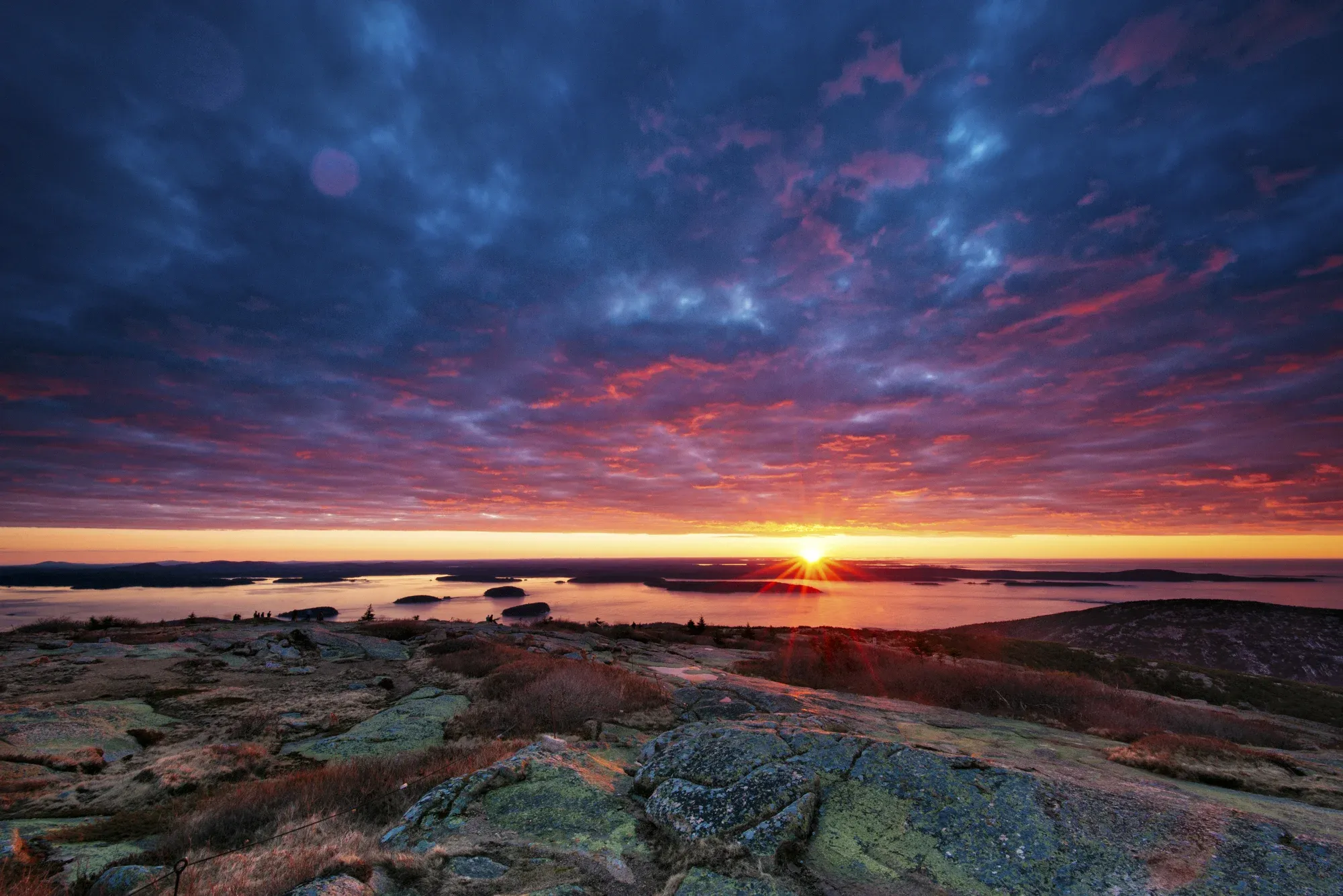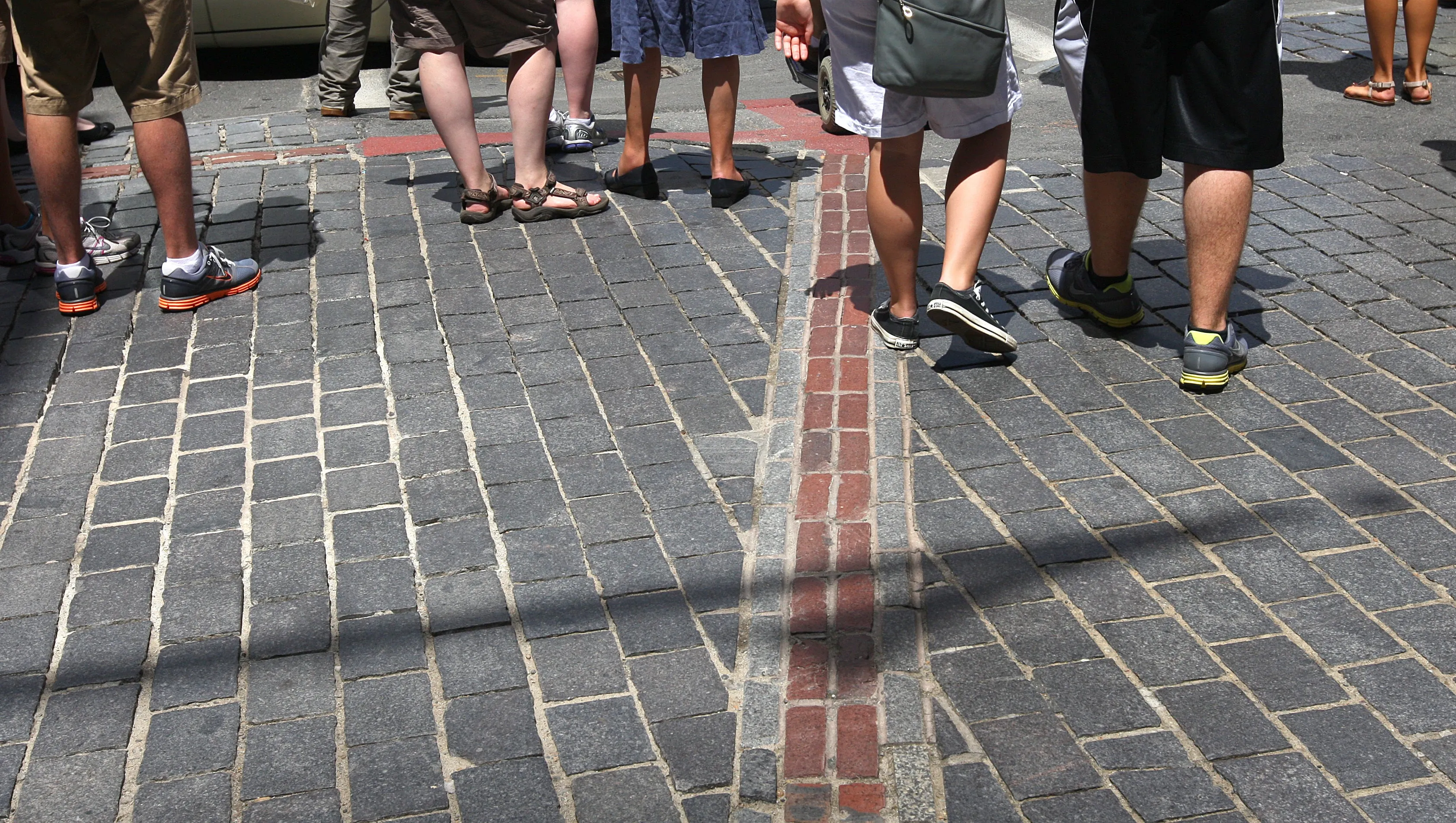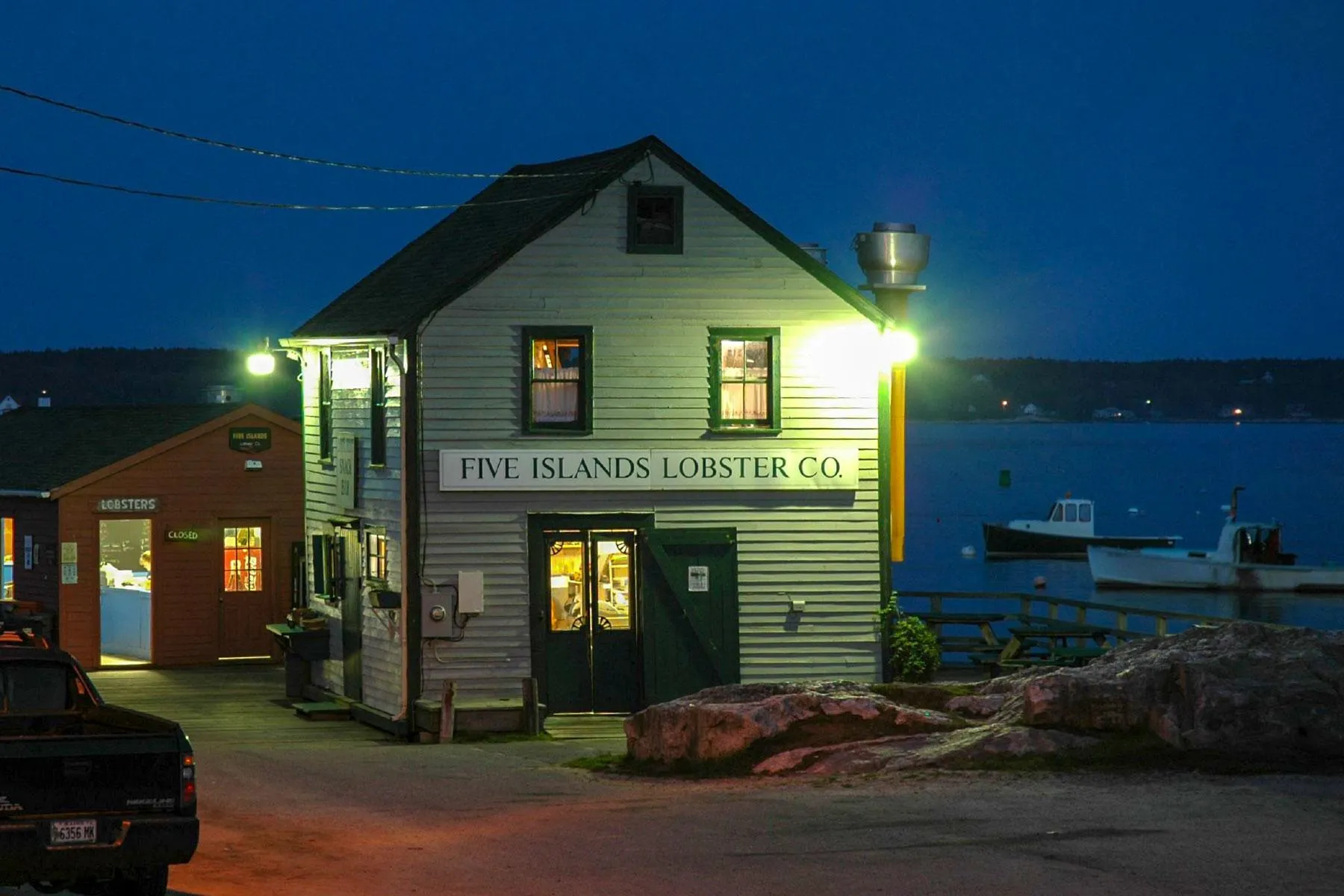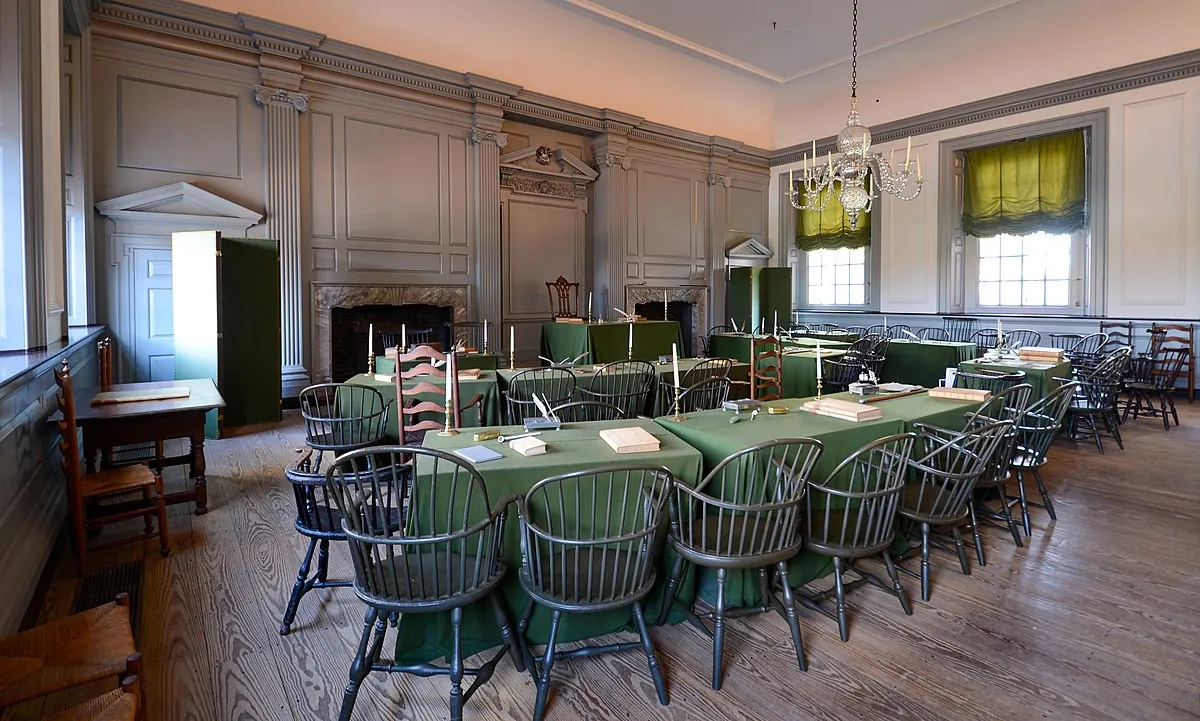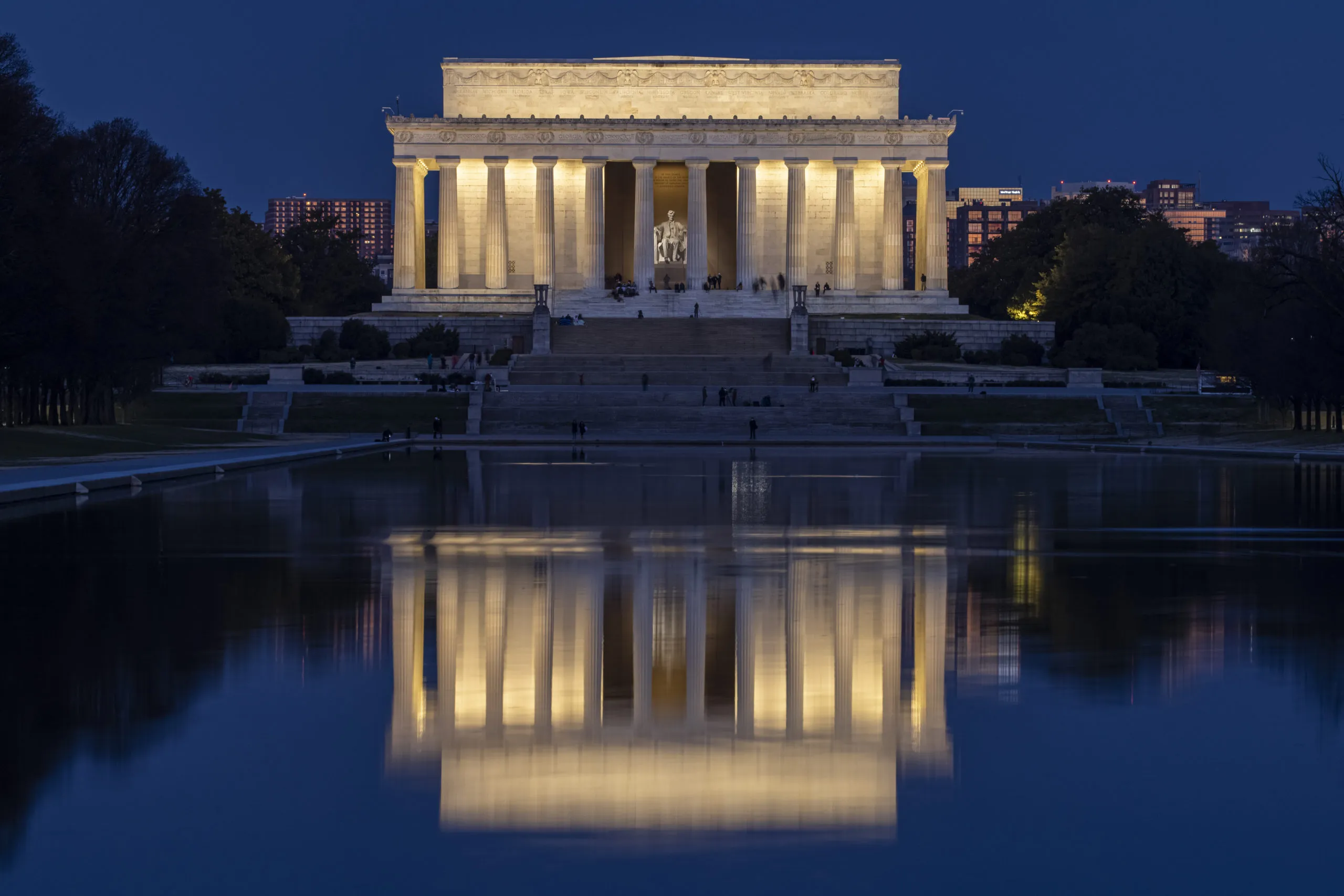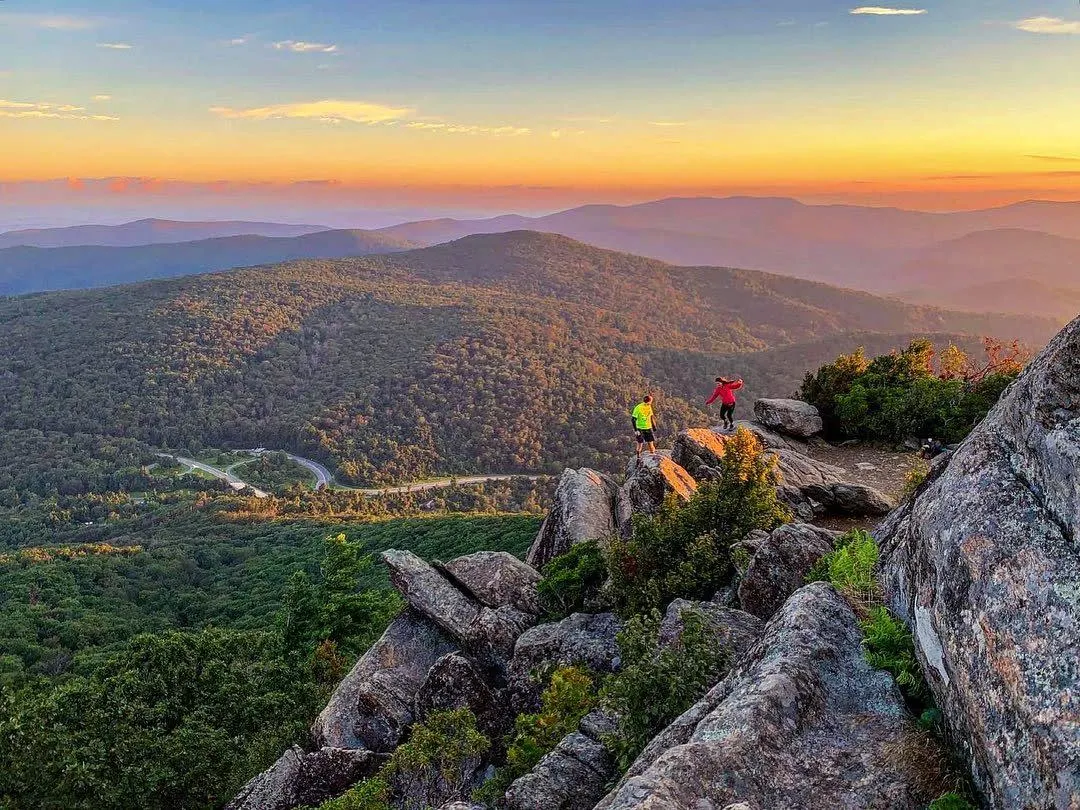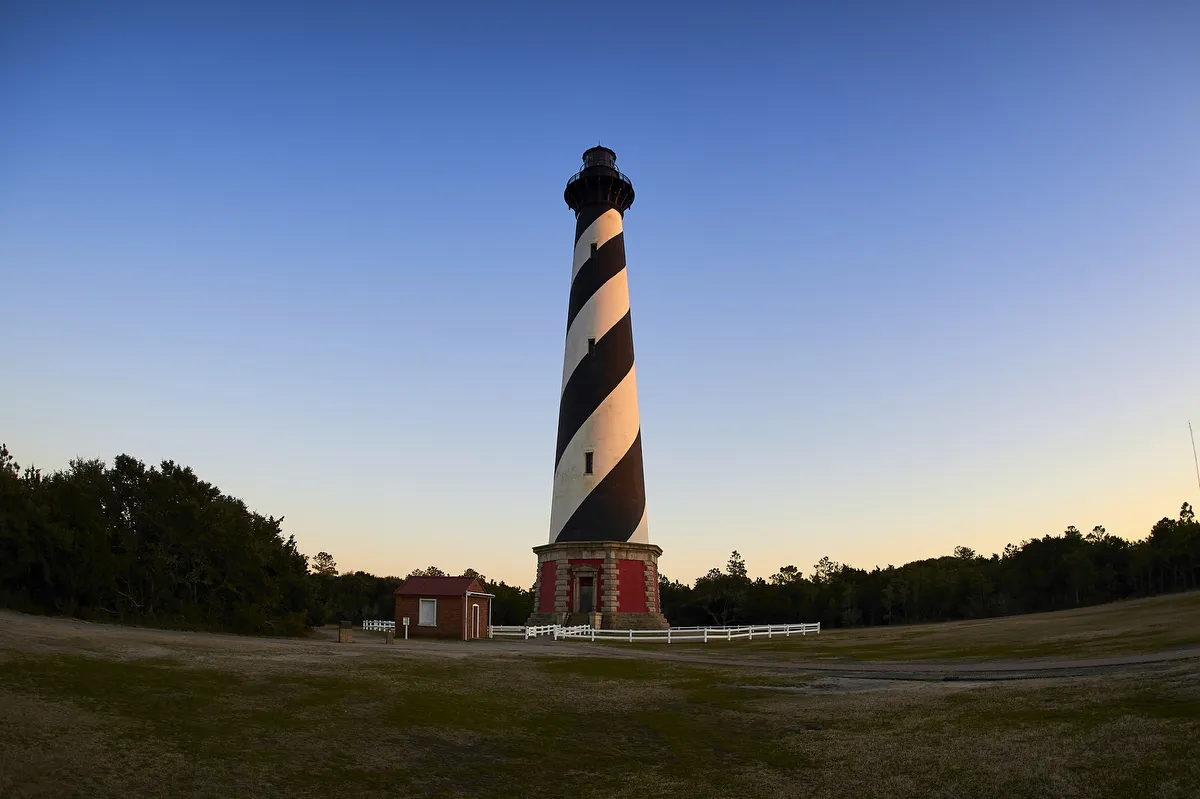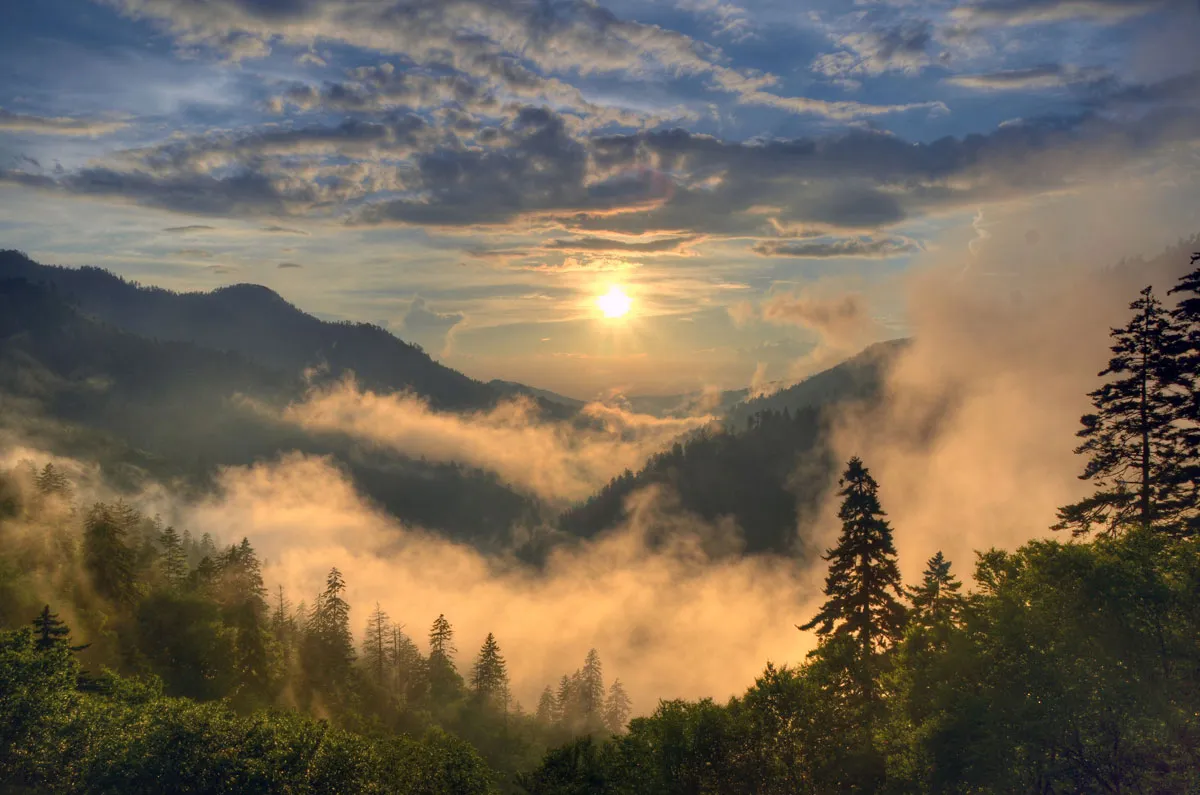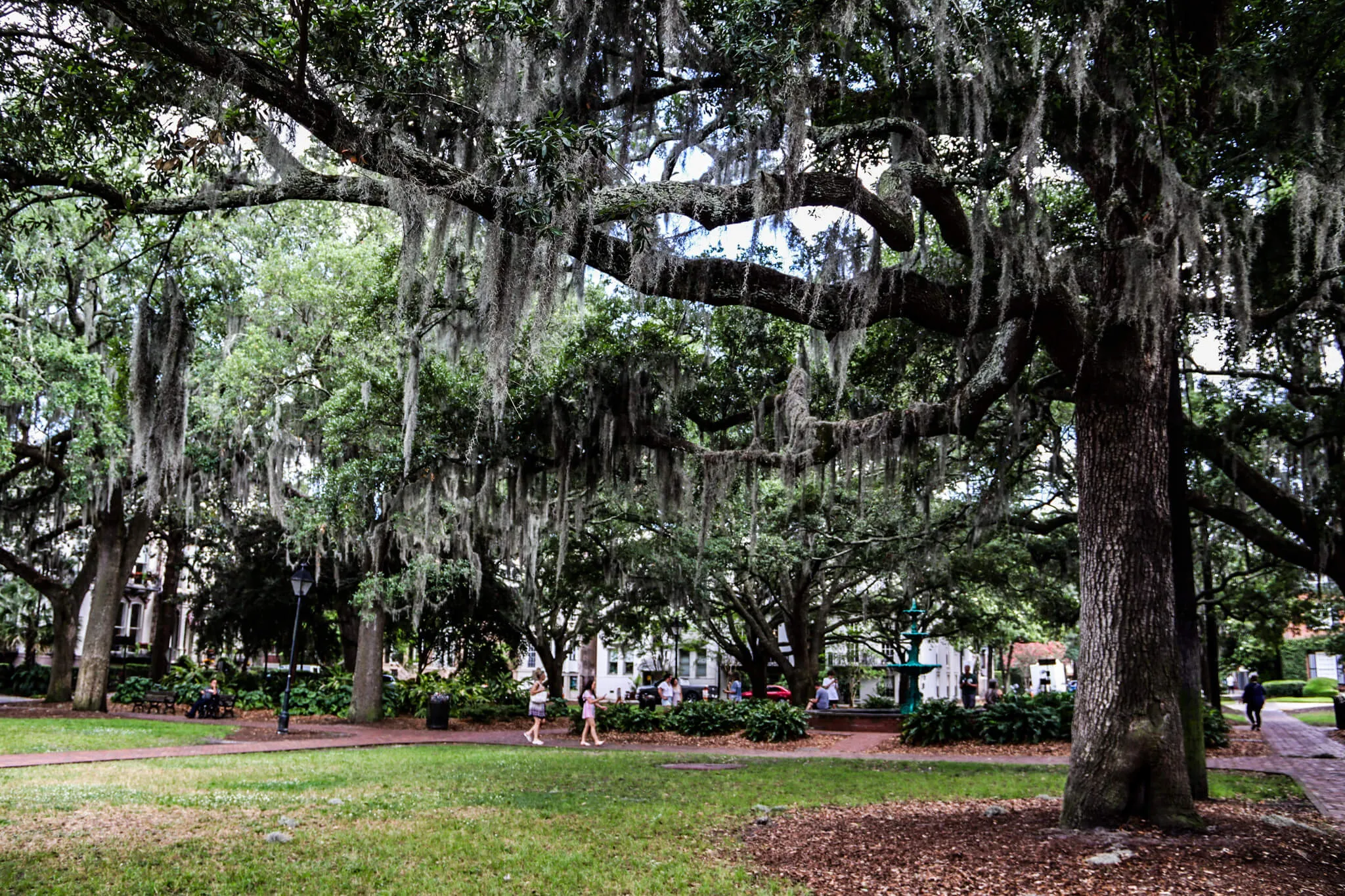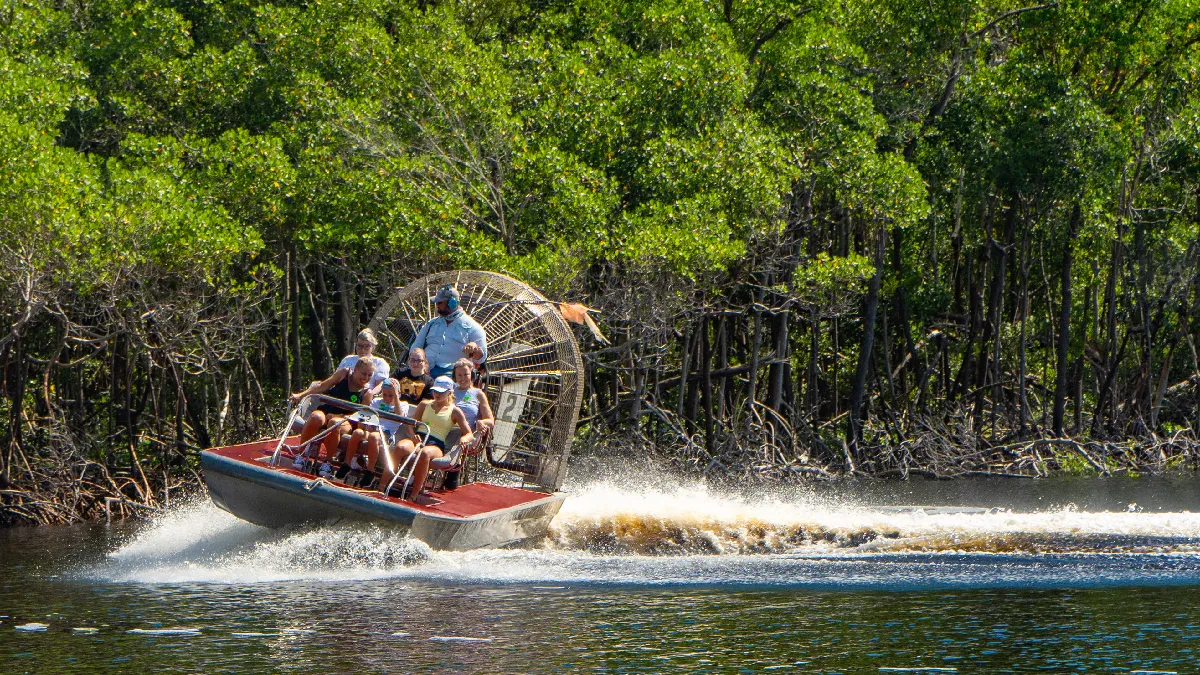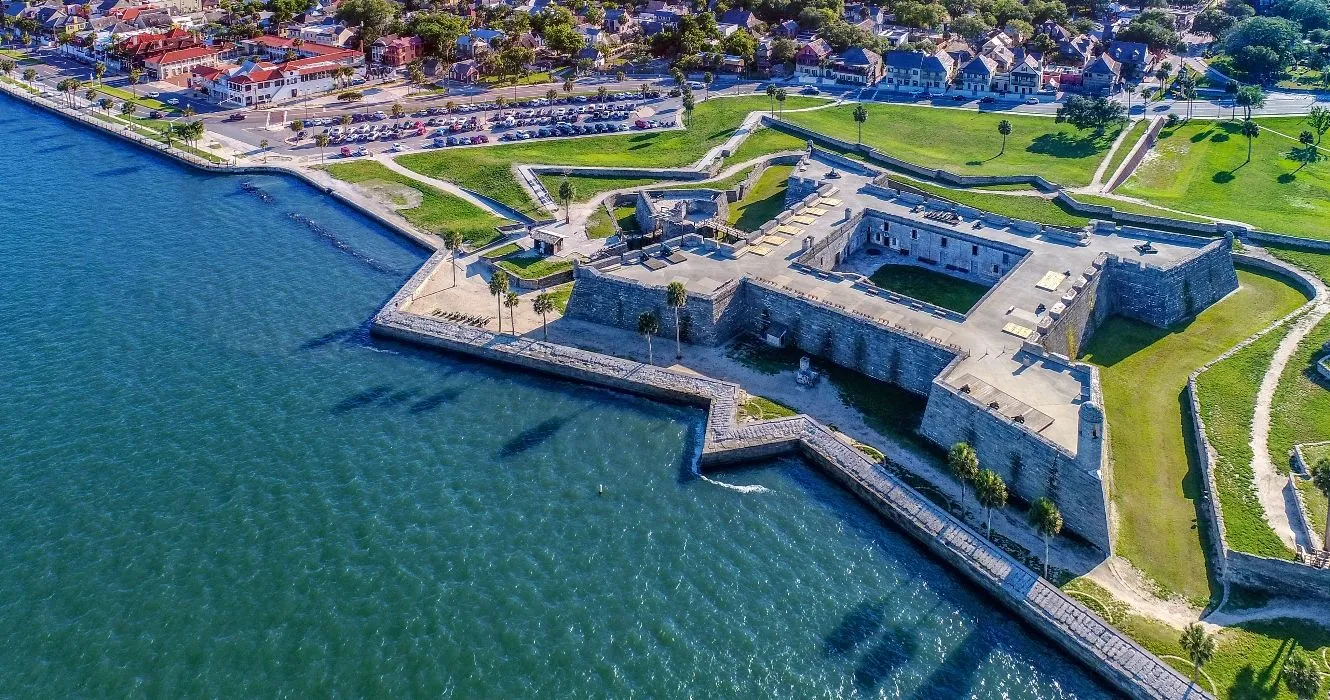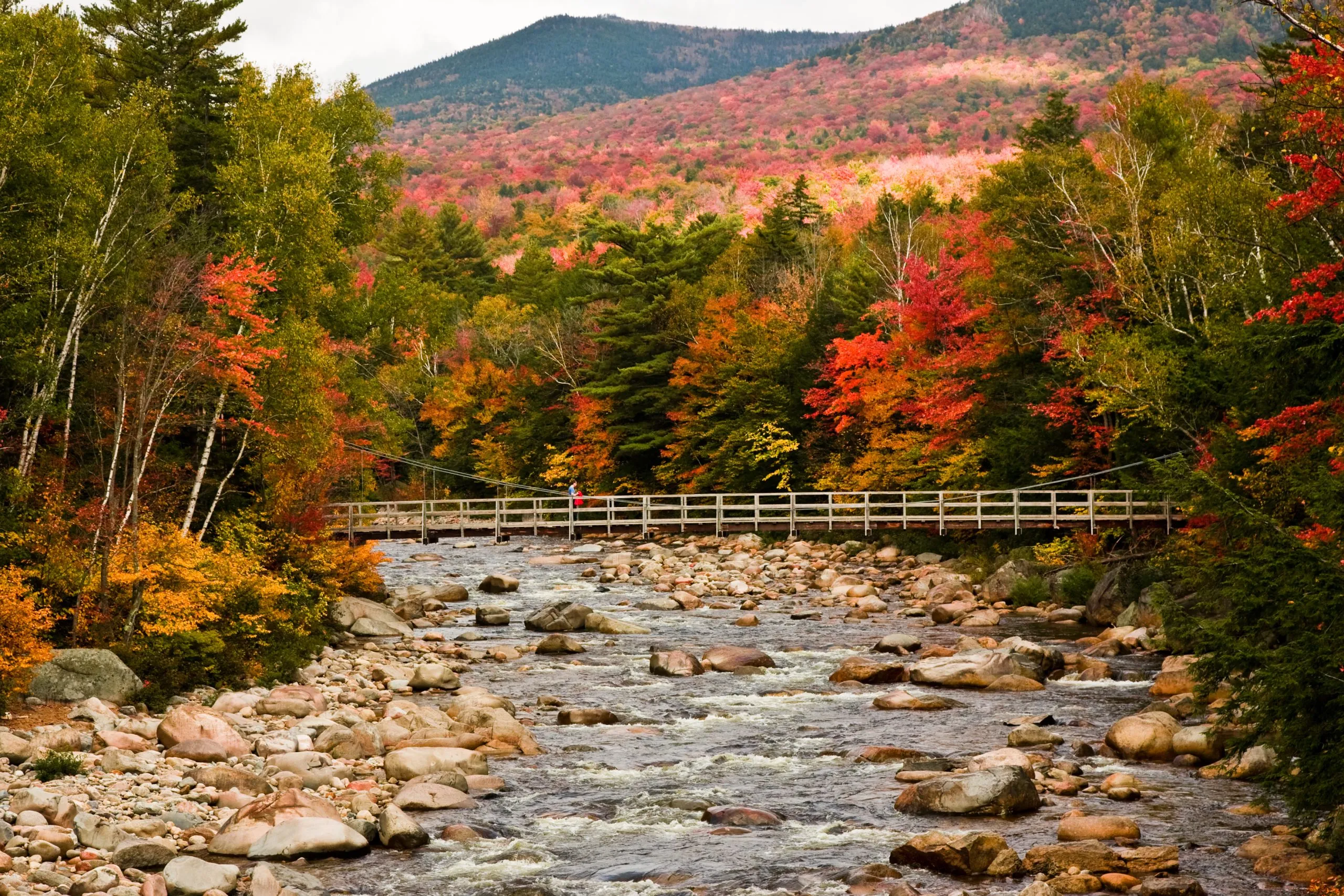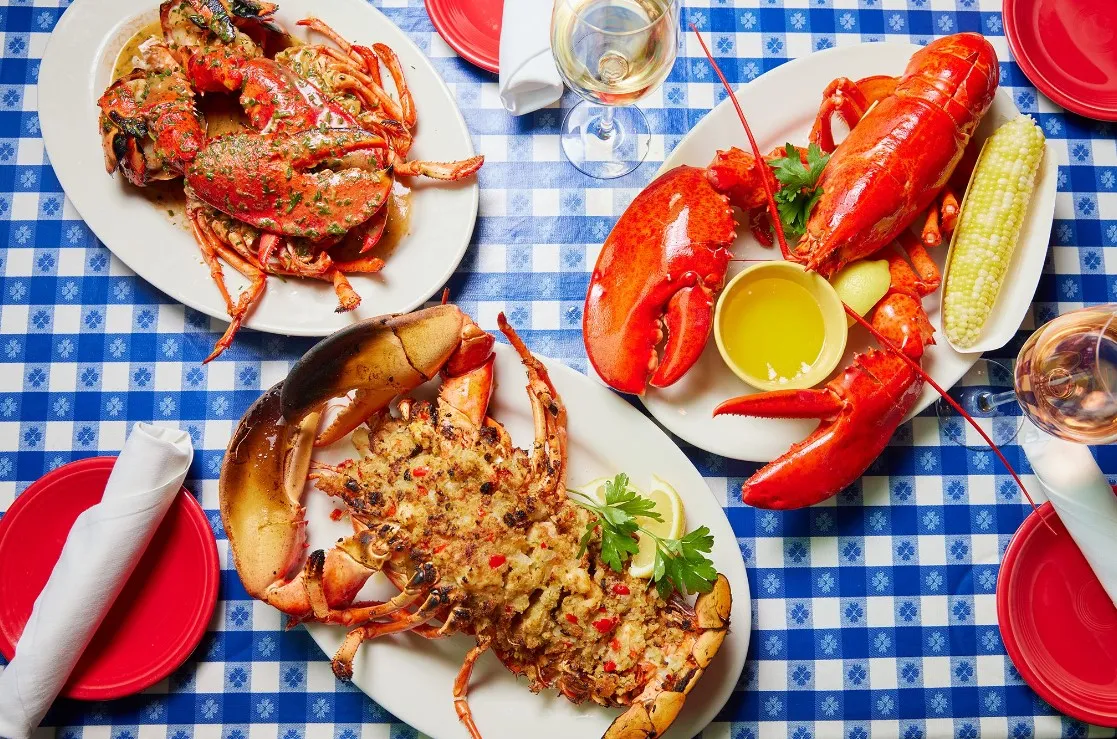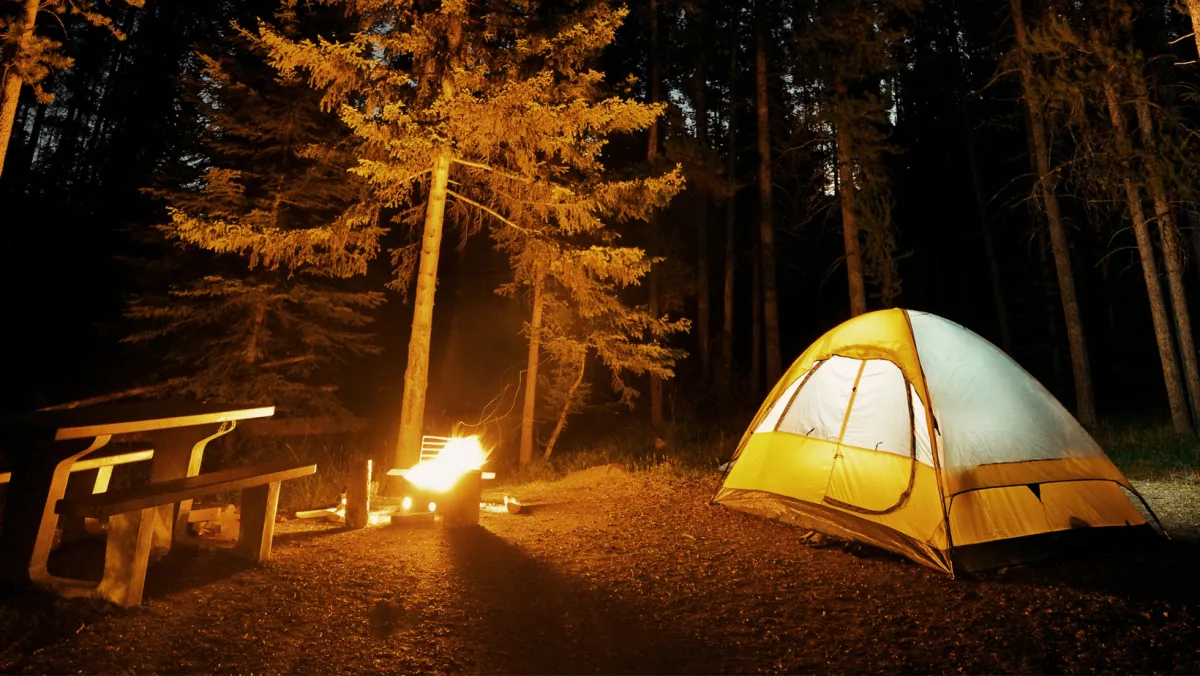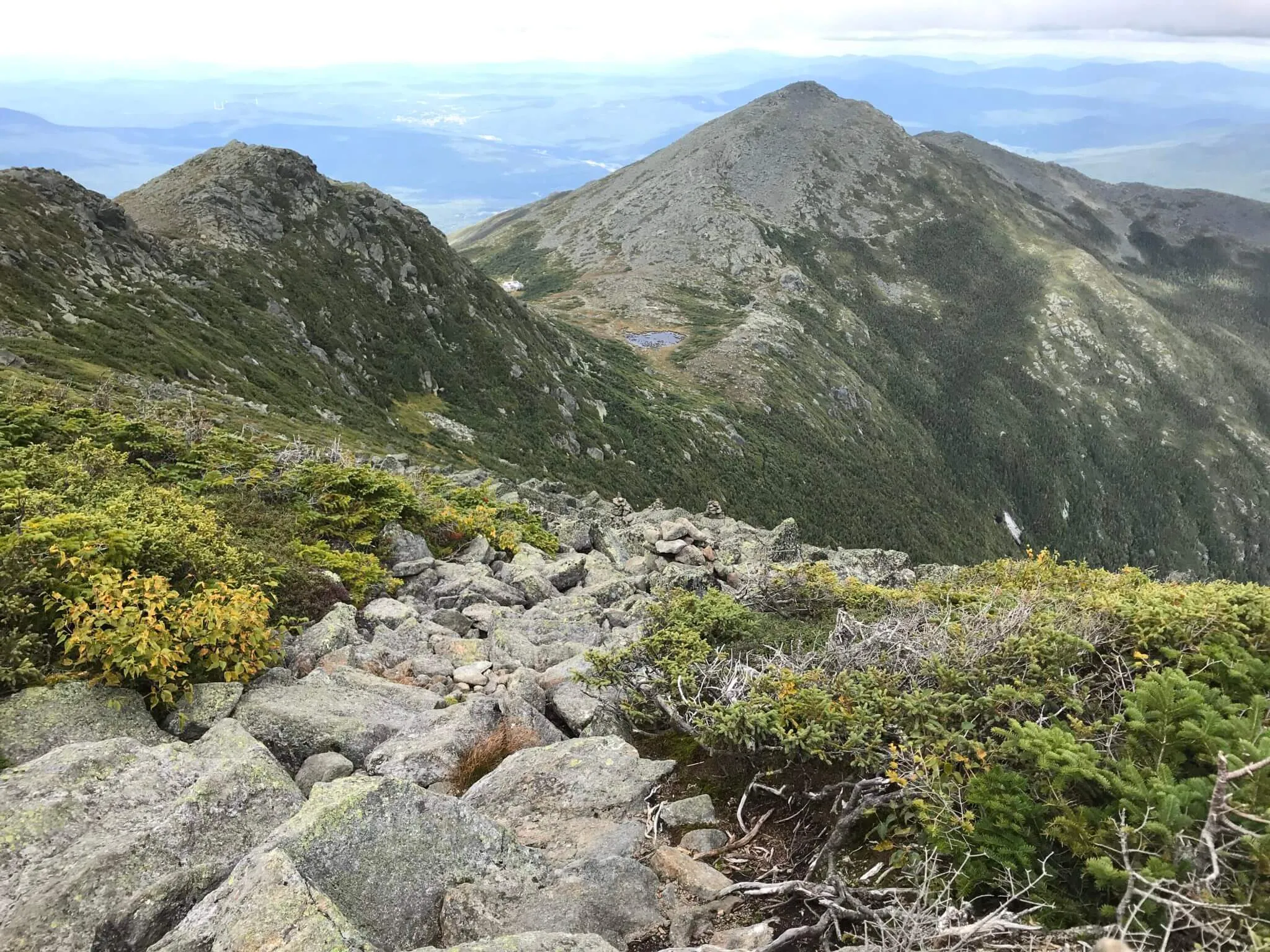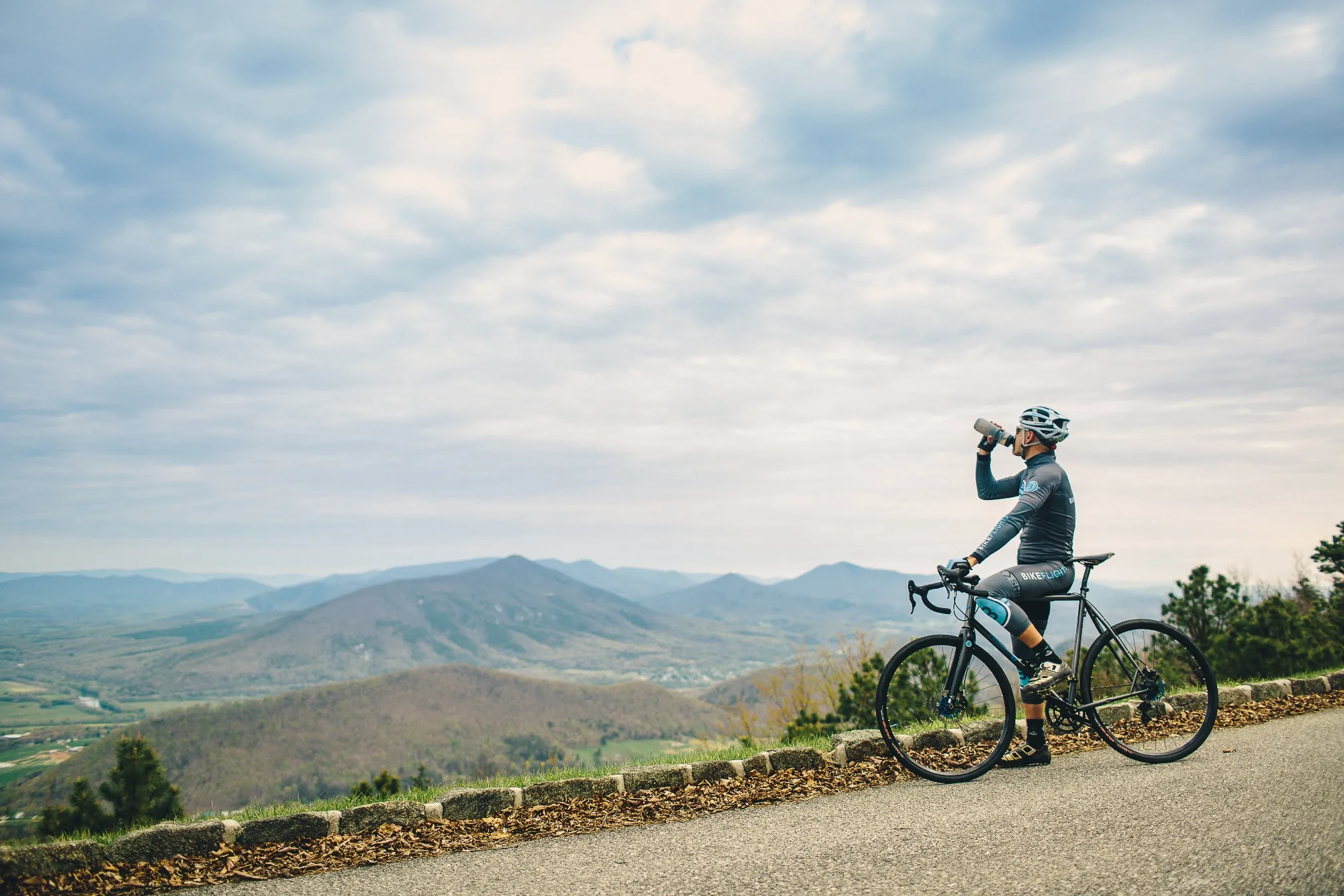The East Coast of the United States offers a journey that traces the very story of America, with experiences spanning from the crisp, pine-scented air of Maine’s Acadia National Park to the sun-drenched energy of Miami’s South Beach. Planning the ultimate itinerary can be challenging given the sheer volume of attractions available along the Atlantic. This comprehensive guide explores unforgettable things to do on the East Coast, covering three distinct regions—the historic wilderness of New England, the foundational core of the Mid-Atlantic, and the captivating charm of the South. We provide authentic advice curated from thousands of travelers, locals, and industry experts who have explored every corner of this diverse coastline to ensure your adventure is seamless. whether you are planning a weekend getaway or a comprehensive East Coast road trip.
Historic adventures and culinary delights in New England
New England offers some of the most culturally rich things to do on the East Coast, blending colonial history with world-class seafood. When exploring this northern region, travelers are often struck by how the landscape shifts from rocky shores to bustling historic metropolises. Whether you are a history buff looking to walk in the footsteps of founding fathers or a foodie searching for the perfect lobster roll, this region delivers exceptional experiences. To truly appreciate the depth of New England, it is recommended to spend at least one week driving from the jagged coasts of Maine down through the historic streets of Boston. A dedicated New England road trip allows ample time to uncover the hidden gems that define this foundational American region.
1. Walk through history on Boston’s Freedom Trail
Boston’s Freedom Trail transforms a potentially overwhelming city into a digestible, narrative-driven journey through America’s founding story. This 2.5-mile red-brick path connects 16 nationally significant historic sites, allowing you to literally walk in the footsteps of the founding fathers from the Boston Massacre site to Paul Revere’s house and the iconic Old North Church. It is widely considered one of the most essential things to do on the East Coast for those interested in deep East Coast history.
The trail’s greatest strength lies in its guided tours, often led by costumed guides who bring history to life with unexpected wit and engaging storytelling. Many travelers break the trail into manageable sections over two days to avoid burnout and truly appreciate each historic site. The journey also offers culinary history at America’s oldest continuously operating restaurant, the Union Oyster House. However, the trail’s popularity creates significant crowds, especially during summer months. Walking directly on the famous red bricks can become a “human traffic jam,” and only Faneuil Hall among the three public meeting houses offers free admission. Smart visitors walk on the opposite side of the road from the brick line and start early in the morning to beat both crowds and heat.
2. Witness America’s first sunrise from Cadillac Mountain
Acadia National Park packs incredible ecosystem diversity into a compact, manageable area, with Cadillac Mountain offering the distinction of witnessing some of America’s first daily sunrise from the highest peak on the North Atlantic seaboard. This is one of the top attractions among all East Coast national parks for nature lovers. You can either drive the scenic pre-dawn route to the summit or hike one of the rewarding trails to greet the new day.
Beyond the sunrise, Acadia offers many other activities, including the easy 3-mile Jordan Pond loop trail ending at the historic Jordan Pond House restaurant famous for its legendary popovers. The park’s unique car-free carriage roads, financed by John D. Rockefeller Jr., provide perfect biking and walking paths through forests and around mountains. The South Ridge trail up Cadillac Mountain offers manageable elevation gain without challenging rock scrambling, making it accessible for visitors with height concerns. The park’s biggest challenge is parking, particularly at popular spots like Jordan Pond where you essentially need to follow finishing hikers back to their cars later in the day. The free Island Explorer shuttle bus system helps avoid the “horrific summer traffic,” and the lesser-known Schoodic Peninsula section offers similar scenery with only 10% of the tourist crowds.
3. Experience the great New England lobster roll debate
New England’s lobster roll culture represents more than food—it is a beloved regional tradition and passionate debate between Connecticut-style warm buttered rolls and Maine-style chilled mayonnaise versions. This culinary experience allows travelers to become insiders in understanding the “rules” of this regional rivalry while sampling some of the country’s finest seafood. If you are planning an East Coast food tour, this showdown is a mandatory stop.
Quality varies dramatically across establishments, from Row34’s perfectly buttery toasted buns in Portsmouth to Lobster Claw II’s overflowing portions in Derry featuring whole claws and large tail meat chunks. The debate extends even to the bun choice, with traditional split-top hot dog buns drawing criticism from purists who prefer more substantial bread to match premium lobster quality. The main challenge lies in achieving the perfect butter balance—too much creates soggy bottom buns, while too little fails to deliver the authentic experience. Smart diners ask for extra butter on the side and understand that the best experiences often come from roadside fish markets rather than upscale restaurants, though quality can vary significantly between establishments.
4. Feel New York City’s unmatched energy
New York City’s appeal lies in balancing iconic landmarks like Central Park, the Statue of Liberty, and Broadway shows with authentic neighborhood experiences that reveal the city’s true character. As one of the best East Coast cities, a key strategy for any travel plan involves dedicating one day to iconic sights and another to local neighborhood exploration in areas like Greenwich Village’s tree-lined streets or Chelsea’s artistic energy.
Unique experiences like Hip Hop Walking Tours through Harlem provide cultural context unavailable in typical guidebooks, while the city’s diverse neighborhoods offer distinct personalities from the financial district’s towering skyscrapers to Brooklyn’s artisanal food scenes. Beyond Manhattan, New York State extends the experience to Finger Lakes wineries, Catskills hiking, and Niagara Falls’ natural wonder. The city’s climate varies dramatically from hot, humid summers to cold winters, making spring and autumn ideal for comfortable exploration. Summer humidity can be overwhelming for outdoor activities, while winter weather can disrupt transportation and sightseeing plans, though the city’s indoor cultural attractions remain accessible year-round.
Cultural landmarks and natural wonders in the Mid-Atlantic and South
Moving south from the bustle of New York, the list of things to do on the East Coast shifts toward monumental history and expansive wilderness. The Mid-Atlantic region serves as the political backbone of the nation, housing the capitals of democracy, before giving way to the slower, sweeter pace of the South. This section of the coastline offers a diverse array of activities, from the solemn monuments of Washington D.C. to the misty peaks of the Great Smoky Mountains and the subtropical wetlands of Florida. Travelers exploring these regions on a Mid-Atlantic road trip should prepare for warmer climates and a distinct shift in cultural hospitality, ensuring a well-rounded experience of the Atlantic seaboard.
5. Stand in America’s birthplace at Independence Hall
Independence Hall’s Assembly Room provides a profound emotional connection to American democracy’s birth, where both the Declaration of Independence and U.S. Constitution were debated and signed. This is truly one of the most historically significant things to do on the East Coast. The National Park Service Ranger-led tours include the historic Pennsylvania Supreme Court Courtroom and the hallowed Assembly Room, plus the West Wing’s “Great Essentials Exhibit” displaying original founding documents and the silver Syng Inkstand used during historic signings.
The experience transforms abstract history into tangible reality, earning UNESCO World Heritage Site recognition and visitor praise as “the most important room in US history.” The building’s preservation allows modern visitors to stand precisely where the founding fathers shaped the nation’s future, creating an unmatched historical connection. However, the logistics can diminish the experience if not properly planned. Free entry requires advance timed ticket reservations for a nominal fee, as same-day tickets often sell out early. Security screening requires arriving 15 minutes early, and crowded tour groups make photography and detailed observation challenging unless you position yourself as one of the first entering each room.
6. Explore the National Mall’s monuments and world-class museums
Washington D.C.’s National Mall offers unparalleled access to world-class culture and history through the free Smithsonian Institution museums, stretching two miles between the U.S. Capitol and Lincoln Memorial. The mall’s greatest asset—its grand scale and attraction density—also presents its biggest challenge for visitors managing transportation, timing, and energy. Visitors specifically interested in art and history will find the collection of East Coast museums here unrivaled.
The evening hours provide the most magical monument experience, offering cooler temperatures, smaller crowds, and dramatically different lighting that transforms familiar landmarks. The Smithsonian museums’ street-side entrances often feature shorter security lines than the crowded mall-side entrances, while Arlington National Cemetery sits surprisingly close to the Lincoln Memorial. Exploring these free museums is one of the best budget-friendly things to do on the East Coast. The massive scale can be overwhelming, with summer heat adding physical stress to already extensive walking requirements. The DC Circulator bus system provides air-conditioned relief and USB charging ports, while hop-on hop-off trolley tours offer comprehensive coverage for those preferring not to walk the vast distances.
7. Drive the scenic Skyline Drive through Shenandoah National Park
Skyline Drive forces a slower, more observant travel mode as the only public road through Shenandoah National Park, running 105 miles along the Blue Ridge Mountains crest with a strictly enforced 35 mph speed limit. The journey features 75 scenic overlooks and serves as an antidote to fast-paced road trips, encouraging visitors to roll down windows and savor mountain air. It is widely regarded as one of the premier East Coast scenic drives.
The drive’s milepost system from 0 in Front Royal to 105 creates easy navigation to trailheads and facilities like Big Meadows at mile 51. Hot air balloon rides over the Shenandoah Valley provide aerial perspectives of the rolling landscapes below, while the slow pace allows appreciation of the park’s diverse ecosystems and seasonal changes. Wildlife crossings create constant safety concerns, with deer, black bears, wild turkeys, and other woodland animals regularly darting across the road without warning. The road’s high elevation means weather can cause sudden closures at any time, requiring travelers to check current conditions before beginning their drive. The enforced slow pace, while scenic, can frustrate drivers accustomed to highway speeds.
8. Discover wild horses in the Outer Banks
The Outer Banks combines family-friendly resort infrastructure with genuinely wild experiences across these North Carolina barrier islands. Seeing the wild Colonial Spanish Mustangs roam the 4WD-only beaches of Corolla is one of the most unique things to do on the East Coast. Other activities include climbing the 257 steps of Cape Hatteras Lighthouse, a highlight of any East Coast lighthouse tour, and flying kites on Jockey’s Ridge State Park’s massive natural sand dunes.
The unique 4WD beach driving experience requires proper vehicles and creates memorable adventures, though visitors regularly see cars stuck in sand. Duck Donuts’ original location offers warm, made-to-order treats, while the region’s maritime history comes alive through multiple historic lighthouse climbs and pristine East Coast beaches perfect for swimming and surfing. However, the single bridge access creates notorious traffic bottlenecks during summer weekends, with horror stories of long delays for short distances. Oceanfront rental homes don’t necessarily provide beach views due to protective dunes, making homes several rows back more economical choices. The 4WD requirement for Corolla’s wild horse areas excludes many visitors, and summer crowds can overwhelm the barrier islands’ limited infrastructure.
9. Hike through the mists of Great Smoky Mountains National Park
Great Smoky Mountains National Park attracts over 13 million annual visitors to experience its immense biodiversity, ancient mountains, and signature blue haze, creating a paradox where wilderness seekers often encounter significant crowds. The park offers diverse experiences from the paved, accessible path to Clingmans Dome observation tower providing 360-degree views to the strenuous 8-mile Ramsey Cascades hike. For outdoor enthusiasts, this area represents the pinnacle of East Coast hiking.
The park’s trail variety accommodates all skill levels across 850 miles of paths, from waterfall hikes in Deep Creek to history-rich trails like Old Settlers Trail passing old homesteads and cemeteries. Less-traveled areas like Tremont or Cosby/Greenbrier’s Albright Grove Loop Trail offer solitude away from the main attractions. Navigation challenges arise from the park’s confusing layout requiring exits and hour-long drives between major attractions like Ramsey Cascades and Clingmans Dome. The required paid parking permits add logistical complexity, while the large black bear population necessitates making trail noise and carrying bear spray for safety. Peak season crowds can overwhelm popular trails and parking areas.
10. Stroll through Savannah’s moss-draped historic squares
Savannah’s Historic District, the largest in the United States, showcases 22 historic squares shaded by magnificent live oaks draped in Spanish moss, creating public living rooms perfect for walking exploration. The city’s soul reveals itself through food representing Gullah Geechee, West African, and European influences creating unique Lowcountry cuisine featuring shrimp and grits, fried green tomatoes, and boiled peanuts. It is a crown jewel of any Southeast road trip.
Walking tours bring the city’s complex history to life through engaging local guides, while food tours combine culture and cuisine for comprehensive experiences. The tree-lined streets and historic architecture create an ideal pedestrian environment, enhanced by the vibrant Starland District’s modern scene featuring Asian fusion restaurants, rotating food trucks, and local art galleries. It is one of the most charming things to do on the East Coast. Summer heat and humidity can make extensive walking challenging, particularly during midday hours when temperatures soar. The historic district’s popularity creates crowded conditions during peak tourist seasons, and the emphasis on guided tours may not appeal to independent travelers preferring self-directed exploration.
11. Take thrilling airboat rides through the Everglades
The Everglades offers diverse exploration methods that fundamentally change the nature of a visit. Iconic airboat rides involve high-speed travel across the shallow “River of Grass” before slowing for wildlife spotting—including alligators, turtles, and wading birds in their natural habitat. Knowledgeable guides can transform simple rides into unforgettable wildlife encounters, sharing expertise about animal behavior and ecosystem dynamics.
Alternative exploration includes ranger-led boat tours from Flamingo visitor center showcasing different brackish water ecosystems with crocodiles and manatees, or quiet canoe and kayak trips allowing intimate nature connections without airboat noise. Quality tour operators prioritize safety over profit, offering weather-related rescheduling and authentic experiences over commercialized gimmicks. Airboat tours create extremely loud noise that spooks wildlife, potentially limiting animal sightings and disrupting natural behaviors. Some commercial operators focus more on entertainment than education, offering gimmicky experiences rather than authentic ecosystem exploration. Weather conditions significantly impact tour quality, and the shallow water environment can be challenging for visitors with mobility concerns.
This journey along the Eastern Seaboard weaves together America’s rich tapestry, from Boston’s historical cobblestones through New York’s vibrant energy, Washington D.C.’s solemn monuments, and the Everglades’ wild sawgrass prairies. From the historic Atlantic Coast Highway to the quiet backroads, the incredible things to do on the East Coast listed here represent authentic experiences curated from real traveler accounts. Whether you are attempting the full Maine to Florida road trip or just a section, this guide provides the practical knowledge needed to navigate this diverse coastline successfully.
